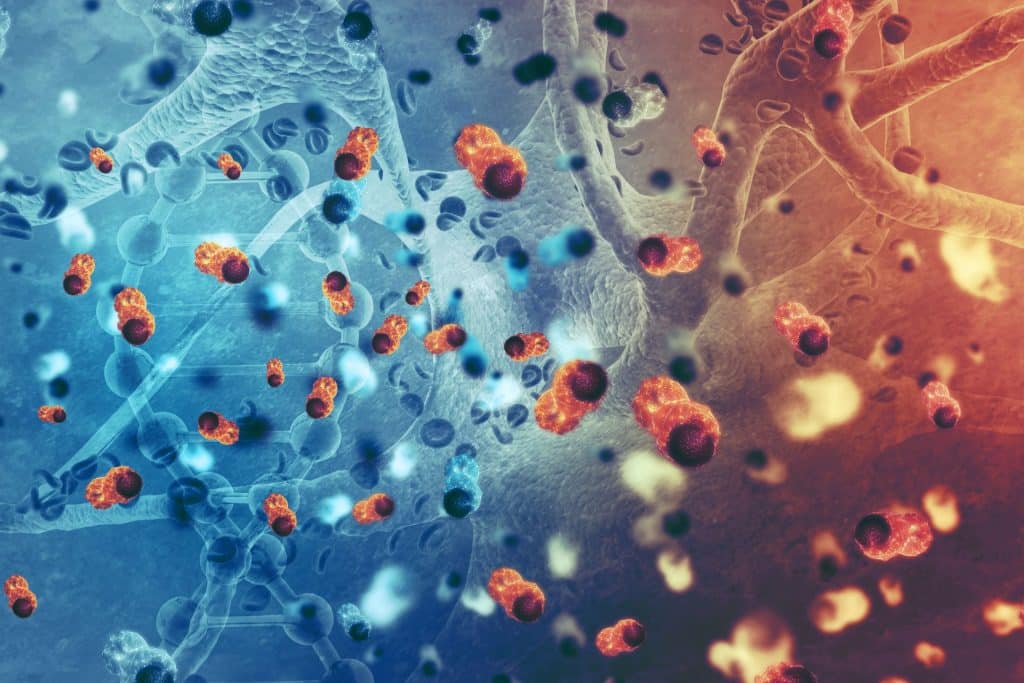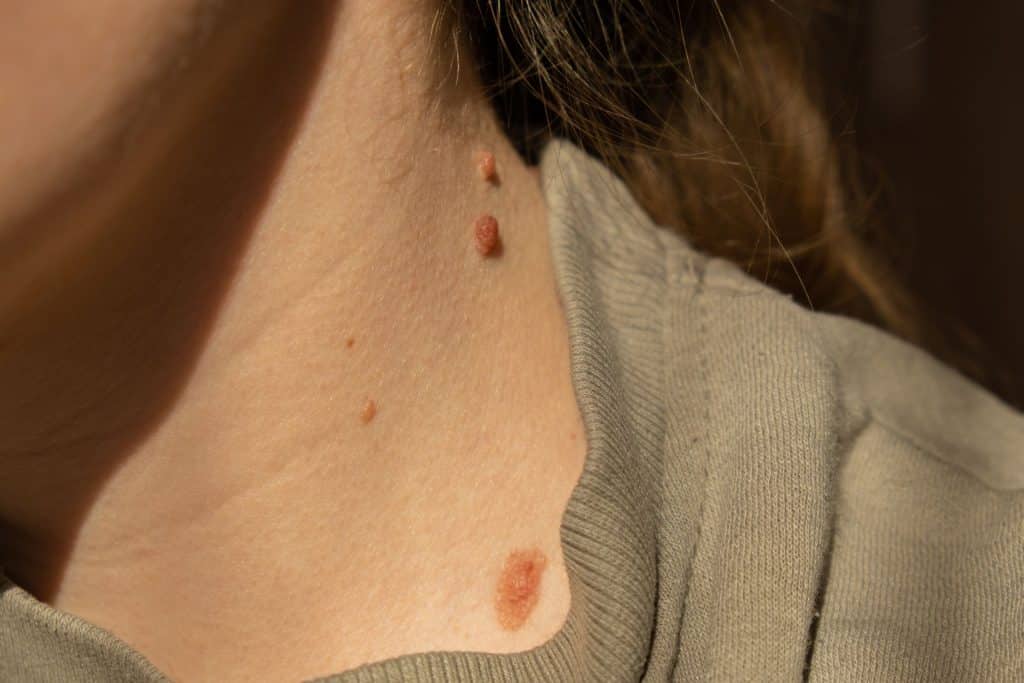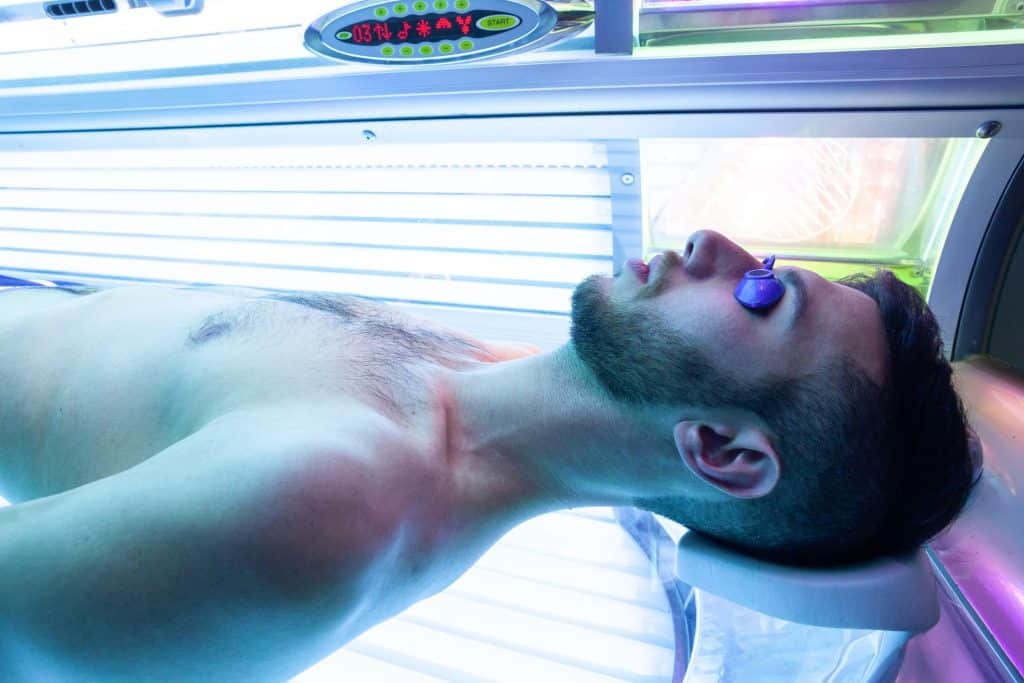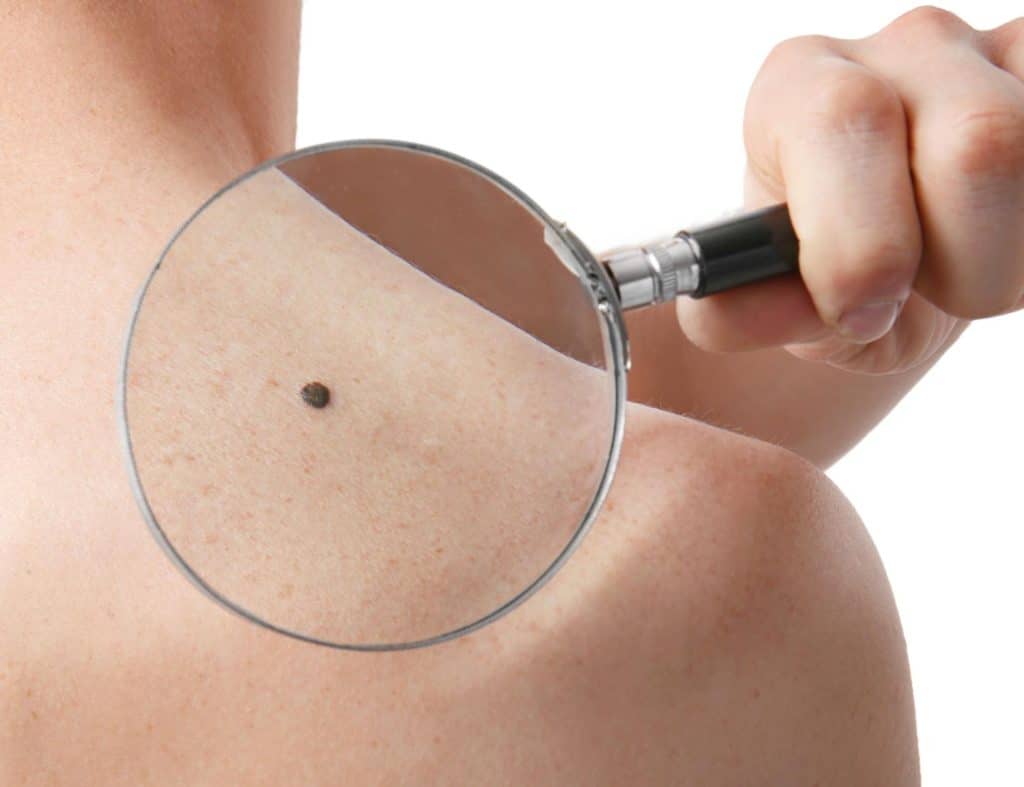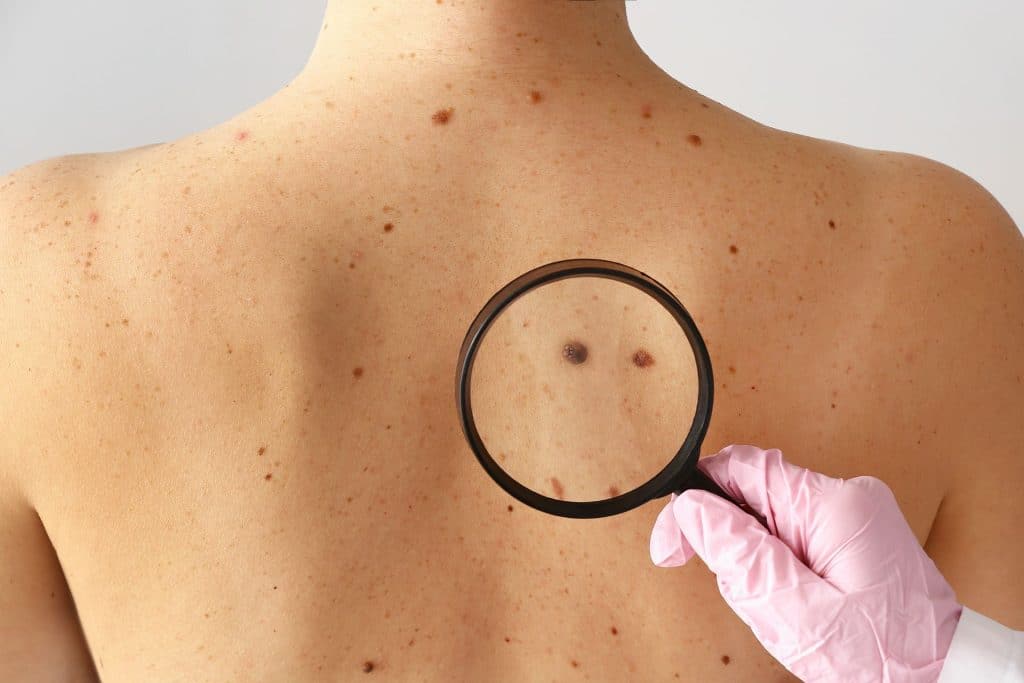How Climate and Geography Affect Skin Cancer Rates
Climate and geography play a crucial role in skin cancer prevalence, influencing UV exposure, ozone depletion, altitude, and behavioural patterns. Australia has one of the highest skin cancer rates globally, largely due to intense ultraviolet (UV) radiation and a fair-skinned population living in a high-risk environment. Understanding the relationship between climate, geography, and skin cancer […]
How Climate and Geography Affect Skin Cancer Rates Read More »



